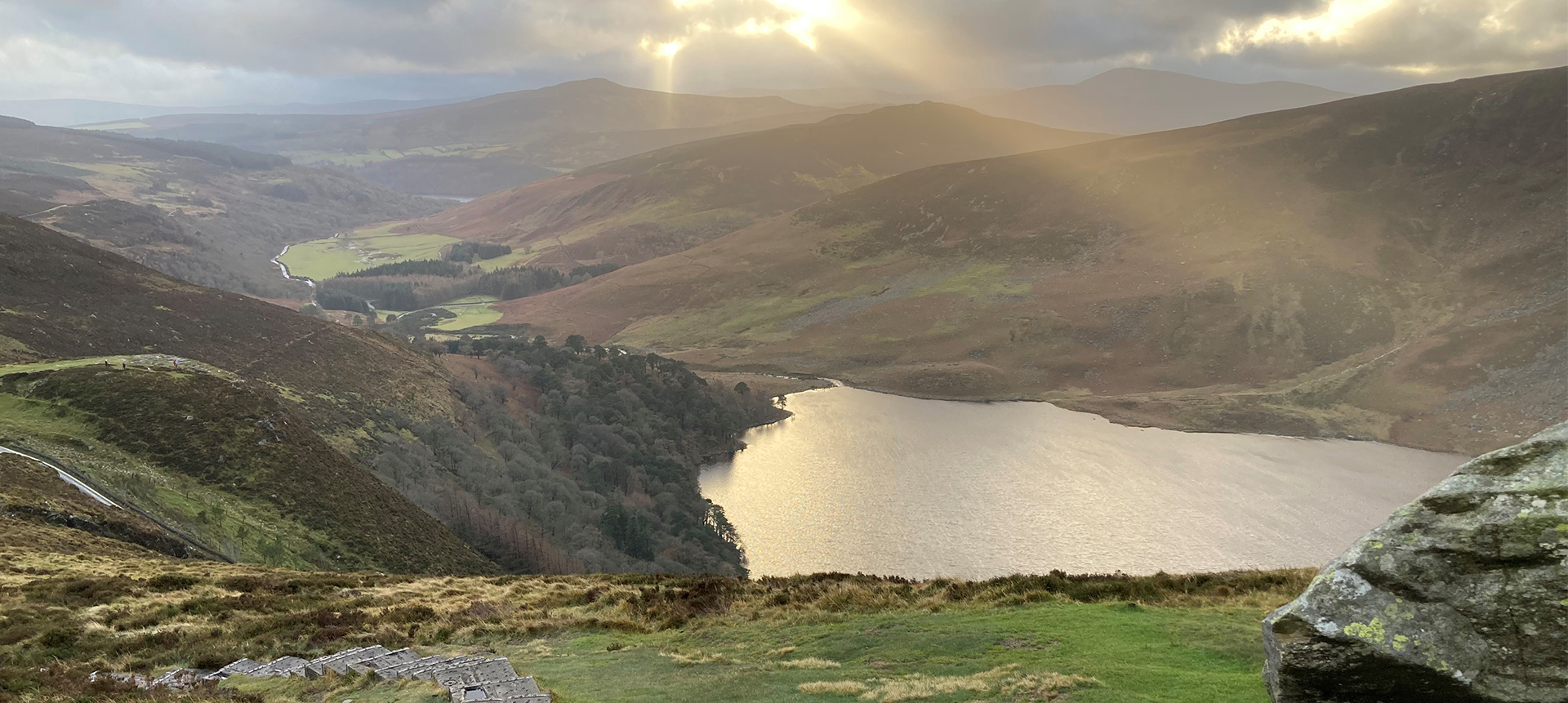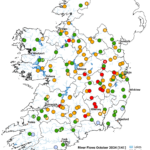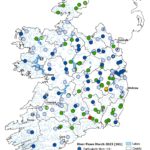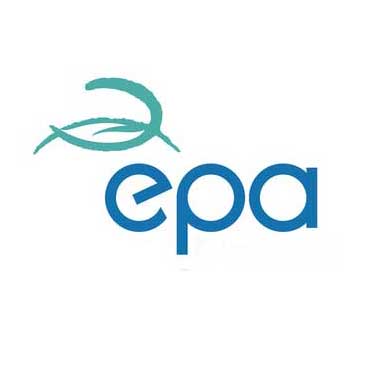The EPA hydrology bulletin for October is now available to…
Hydrology Summary Bulletin – April 2025
Hydrology Summary Bulletin outlining the flows in rivers, rainfall, lake and turlough levels, groundwater levels and spring outflows of over 300 stations across Ireland for the month.
April 2025 was warm and dry for the first half of the month and wet for the second half, especially in the
midlands, south and east. The wettest period of the month was Wednesday 16th to Saturday 19th, this was followed by further bands of rain or showers, sometimes heavy, up to Saturday 26th. High pressure to the east began to take control once again and led to record breaking maximum temperatures for April being reported on the final day of the month.
Although the monthly average river flows increased in April when compared to March, 28% of river flows
were below the normal long-term range. Groundwater levels and lake levels decreased in April with 67% of groundwater levels and 81% of lake levels below the normal long-term range. Out of the four spring flows monitored, 1 was in the normal range, 1 was in the ‘below normal’ range and 2 were ‘particularly low’.
Monthly Hydrology Bulletin – April 2025
Read More
Hydrology Summary Bulletin – March 2025







